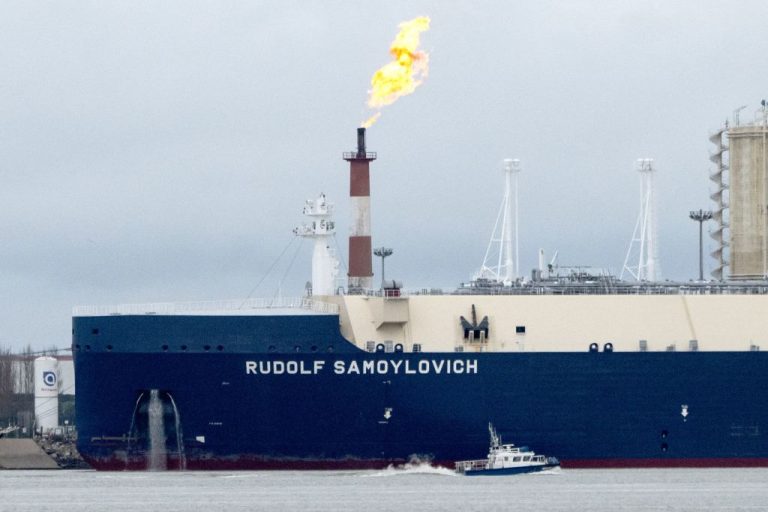Firms who have pockets deep enough to transact in the world of liquified natural gas are profiting $133 million per shipment sending U.S. natural gas to Europe, a recent article stated.
The comments were made by Frode Morkedal, a Clarksons Securities analyst, in comments to shipping industry publication Freightwaves for a Sept. 13 article about the market trend of escalating costs to charter an LNG tanker.
The article explained that “dramatically increased demand for shorter-haul voyages from the U.S. Gulf to Europe” have driven LNG shipment rates into the six figures.
The situation is rooted in a combination of the continent’s self-wrought energy crisis after layering hefty economic sanctions on the Russian Federation over the war in Ukraine and the shutdown of the U.S. Freeport LNG facility in June, which was the primary mode of transportation of North American LNG to Europe, after suffering a fire and explosion.
Freeport LNG was originally scheduled to get back online in October, but that date has since been pushed back until at least November.
Success
You are now signed up for our newsletter
Success
Check your email to complete sign up
Freightwaves cited Clarksons as pegging market spot rates “for benchmark tri-fuel diesel engine (TFDE) LNG carriers at $101,700 per day.”
“More efficient two-stroke-engine LNG carriers — known as MEGI or XDF carriers — were assessed at $170,000 per day,” they added.
According to the article, rates have spiked 60 percent this month alone and are trading at prices normally seen in November and December, rather than September.
In citing statistics, Morkdal revealed just how lucrative the current situation is for traders who can afford to take on the risk of the enormous transactions, “Charterers … have every motivation to pay top dollar for vessel hires. Based on last week’s cargo prices, traders who can buy U.S. natural gas and ship it to Europe stand to profit [by] $133 million for just one cargo…”
Morkdal added that the profits are so huge they amount to “74% of the value of a five-year-old TFDE carrier.”
On Sept. 7, Business Insider reported that analysts had told S&P Global that “there’s not enough supply” of long-term charter ships available on the planet to meet today’s demand.
The article explained, “That’s because it takes years to build new tankers, and prices are expected to hike as new ships are mid-construction.”
“Around the world, there are around 286 LNG carriers that are on order to 2028, and only 165 of those ships will come out by 2025.”
The S&P Global’s data sources also estimated that if the energy crisis does not abate, by winter, rates to charter tankers could hit $400,000 per day.
Putting it into perspective, Insider stated, “That’s a 20% premium from what it cost to ship natural gas last December at $320,000 per day, and it’s over 13 times what tankers were chartered for at the time of Russia’s invasion of Ukraine, at $30,000 a day in February.”
Meanwhile, a Sept. 7 article by Bloomberg underscored how the NATO-globalist bloc’s sanctions against Russia are hurting Europe and helping the notorious Chinese Communist Party.
Based on data from “traders with knowledge of the matter,” Russia’s Sakhalin-2 LNG export plant inked futures contracts through December to subsidize large quantities of LNG to mainland China at half the going spot rate.
The article stated the arrangement was a good deal for both countries, because, “China is able to secure cheaper supply and resell shipments from more expensive exporters to utilities in Europe and Asia, while Russia can continue selling fuel at a profit.”
According to reports at the end of August, while Europe’s natural gas prices are hitting three-figure parabolic extremes, Russia is simply burning $10 million worth of LNG each day at one plant alone, having nothing else to do with the excess supply.


















